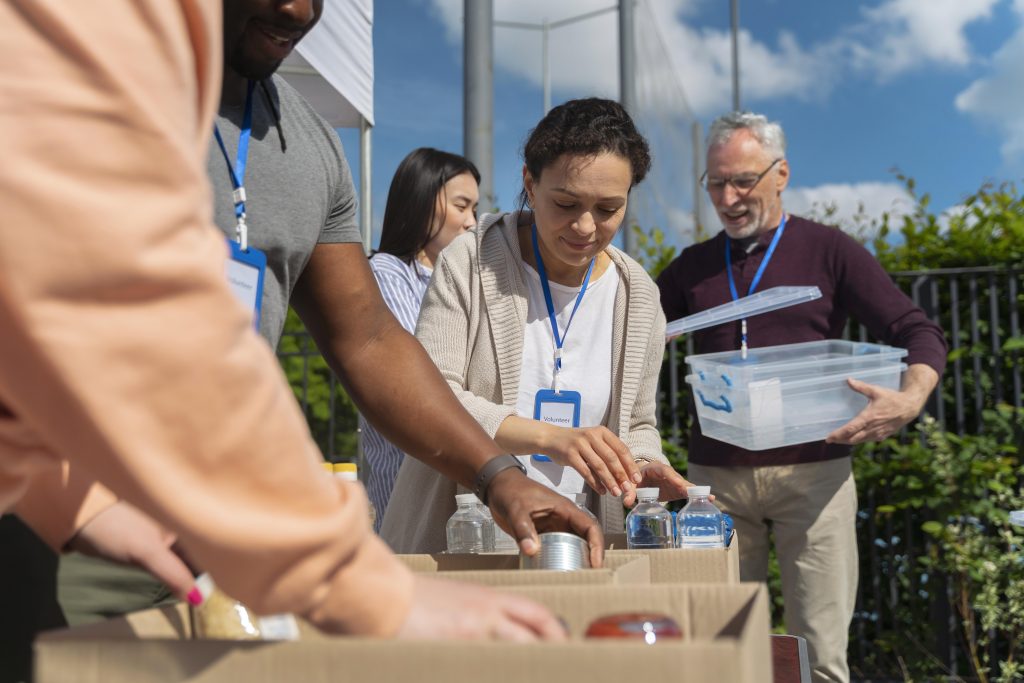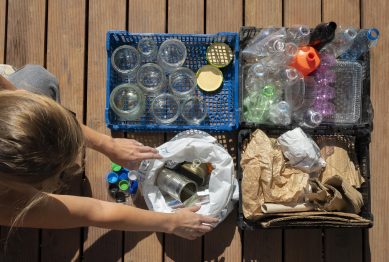In 2025, the idea of building community through local initiatives is more relevant than ever. As cities expand and digital interactions dominate daily life, people increasingly look for ways to reconnect with neighbors and strengthen real-world relationships. From neighborhood gardens and skill-sharing workshops to pop-up cultural events and community-driven tech hubs, local initiatives are creating meaningful bonds while addressing urgent social challenges.
This trend reflects a shift in values. Communities no longer want to wait for top-down change. Instead, they are organizing at the grassroots level, harnessing creativity, technology, and collaboration to solve problems that matter to them. The result is a wave of initiatives that make cities more sustainable, inclusive, and resilient—one neighborhood at a time.

Why Local Initiatives Are Gaining Momentum
Several factors are fueling the growth of grassroots community projects:
- Social isolation – After years of pandemic disruptions and increasing digital dependence, many people feel disconnected from their neighbors. Local initiatives provide opportunities for genuine interaction and shared purpose.
- Economic challenges – Rising living costs and job insecurity push communities to find collaborative solutions such as time banks, food cooperatives, and maker spaces.
- Sustainability goals – Local projects are becoming a way to address climate concerns, with neighborhoods embracing urban farming, repair cafés, and energy cooperatives.
- Generational influence – Gen Z and millennials, in particular, are driving this movement. A Deloitte survey found that nearly 75% of Gen Z respondents prefer to engage with brands and organizations that support community well-being (Deloitte, 2024).
Communities recognize that small-scale initiatives can generate big results, from fostering trust to improving public safety.
Emerging Trends in Building Community Through Local Initiatives
1. Urban Gardening and Green Spaces
One of the fastest-growing local initiatives is urban gardening. Rooftop farms, vertical gardens, and community plots are transforming empty lots into productive, shared spaces. These projects provide more than fresh produce—they serve as gathering points where neighbors collaborate, share knowledge, and strengthen social bonds.
For example, Singapore has expanded its Community in Bloom program, which now involves over 1,800 gardening groups citywide (Singapore Food Agency, 2024). Beyond food, such gardens improve air quality and mental health while encouraging sustainable living.
2. Skill-Sharing Networks and Repair Cafés
Communities are rediscovering the power of shared knowledge. Skill-sharing networks allow people to teach and learn everything from carpentry to coding. Repair cafés, now present in hundreds of cities worldwide, offer free workshops where volunteers help fix electronics, clothing, and furniture.
This not only reduces waste but also brings people together in problem-solving environments. In Amsterdam, the Repair Café Foundation reported saving thousands of kilograms of goods from landfills in 2024, while strengthening social ties in the process.
3. Digital Platforms for Local Engagement
While technology often gets blamed for isolation, it is also a powerful tool for building community through local initiatives. Platforms like Nextdoor or neighborhood WhatsApp groups have become spaces where residents organize events, share resources, and raise local concerns.
More innovative models are emerging. For instance, CivicTech platforms in the U.S. and Europe allow citizens to co-create local policies, propose new projects, and track progress in real time. These digital tools combine convenience with civic engagement, making participation more inclusive.
4. Community-Owned Energy Projects
Sustainability has become a cornerstone of local action. In Germany, “energy cooperatives” allow communities to invest in and benefit directly from renewable energy projects like solar or wind farms. According to the European Federation of Renewable Energy Cooperatives (REScoop, 2024), these initiatives now power more than 1.5 million homes across Europe.
By decentralizing energy, communities gain more control over costs while reducing carbon emissions—a practical win for both households and the environment.
5. Pop-Up Cultural and Social Events
Pop-up theaters, street festivals, and open-air art installations are another way communities foster connection. Unlike large-scale city events, these are hyperlocal, often organized by residents themselves. They bring diverse groups together and help preserve cultural identity.
For instance, in Los Angeles, neighborhood councils are sponsoring pop-up film screenings and local art fairs to celebrate cultural diversity while revitalizing underused public spaces.
6. Local Food Cooperatives and Farmers’ Markets
Food remains central to community life. Farmers’ markets and food cooperatives create direct links between local producers and residents. Beyond offering healthier food, these initiatives strengthen local economies and promote trust between consumers and growers.
In the U.S., the USDA reported that farmers’ markets grew by nearly 10% in 2024, reflecting increased demand for local food sources (USDA, 2024). Communities view these initiatives as both economic and social investments.
Practical Guide: How to Get Involved in Local Initiatives
If you’re inspired to participate in building community through local initiatives, here are practical ways to start:
- Identify local needs – Observe your neighborhood. Is there unused space, a lack of cultural activities, or rising waste problems? Local initiatives work best when they address clear needs.
- Start small – Organize a block cleanup, a shared library, or a monthly meet-up. Small wins build trust and momentum.
- Collaborate with local organizations – Partner with schools, nonprofits, or businesses. Collaboration expands resources and legitimacy.
- Leverage digital tools – Use platforms like Meetup, Facebook Groups, or civic apps to spread the word and recruit volunteers.
- Measure impact – Track outcomes, whether it’s food grown, waste reduced, or participants engaged. Tangible results inspire continued involvement.
- Stay inclusive – Successful initiatives welcome diverse voices. Involving different age groups, cultures, and socioeconomic backgrounds strengthens long-term sustainability.
Why These Initiatives Matter
The benefits of building community through local initiatives go far beyond short-term outcomes:
- Social bonds – Neighbors who know and trust each other create safer, more resilient communities.
- Economic resilience – Local initiatives often keep money circulating within the community while creating micro-jobs and new opportunities.
- Environmental sustainability – From gardens to renewable energy, these projects reduce ecological footprints.
- Personal growth – Participating fosters skills, leadership, and a sense of belonging.
According to a World Health Organization (WHO) study, strong community networks are linked to improved mental health, reduced loneliness, and longer life expectancy (WHO, 2024). The evidence is clear: grassroots efforts are powerful tools for building healthier, happier societies.
Conclusion: The Future of Local Communities
In 2025, building community through local initiatives is more than a trend—it is becoming a defining force in how people live, connect, and thrive. From skill-sharing to energy cooperatives and cultural pop-ups, local initiatives are reshaping neighborhoods worldwide.
The beauty of these movements lies in their accessibility. Anyone can participate, and every contribution matters. Whether you’re planting a seed in a community garden, teaching a neighbor to fix a bike, or organizing a cultural event, your actions contribute to a larger fabric of trust and resilience.
The future of strong communities will not be built only by governments or institutions—it will be shaped by ordinary people taking small, meaningful steps together. And that future is already unfolding, one initiative at a time.
References
- IDEAS FOR GOOD’s first short documentary “The Repair Cafe : https://harch.jp/en/media
- Community gardening in Singapore, https://en.wikipedia.org
- Urban Agriculture in 2025: https://growdirector.com









